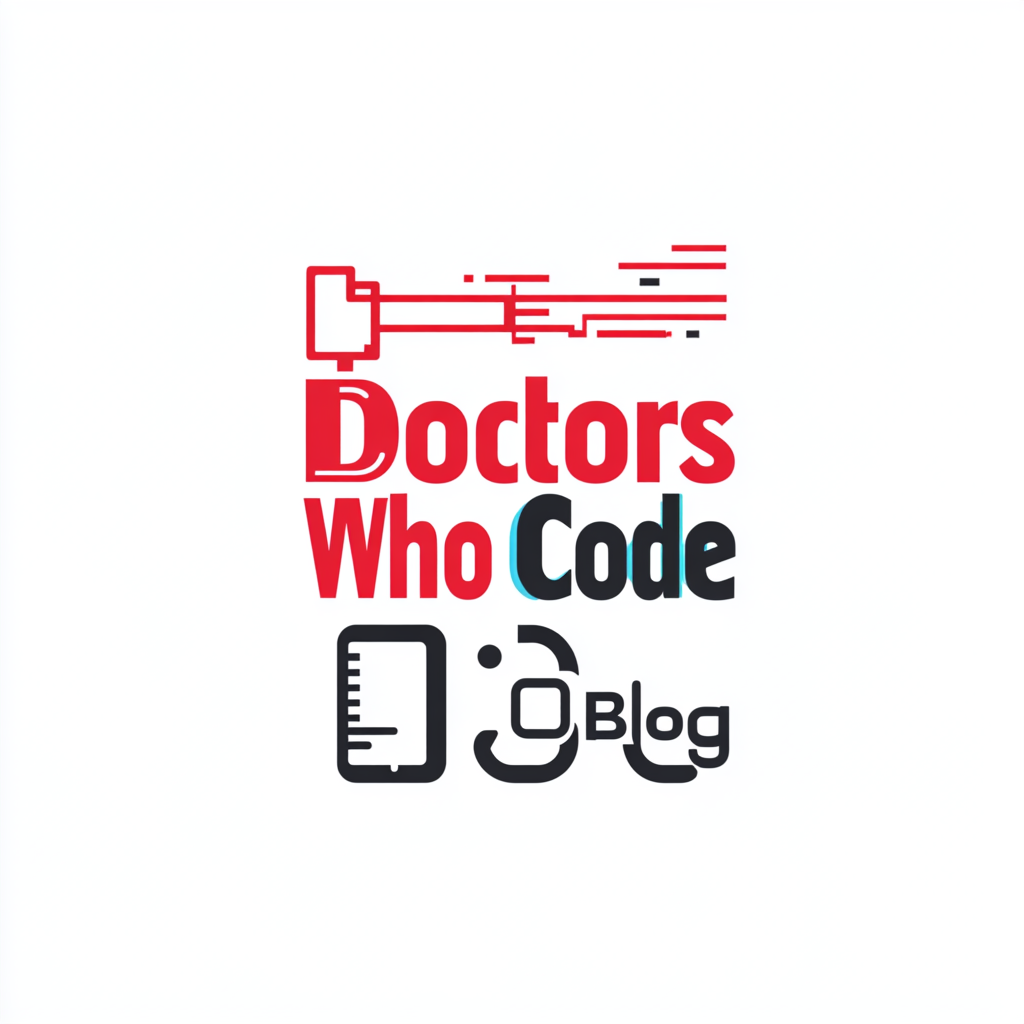A New Era for Uterine Activity Monitoring

Introduction
Home Uterine Activity Monitoring (HUAM) emerged in the 1990s as a promising innovation for detecting preterm labor in high-risk pregnancies. While initial implementation faced significant challenges, recent advances in artificial intelligence (AI) and wearable technology are breathing new life into this concept. This article explores how modern technology could transform HUAM from a discontinued practice into a cornerstone of 21st-century maternal care.
Historical Context: Understanding HUAM’s Initial Challenges
The Original Promise
In the early 1990s, HUAM represented a groundbreaking approach to maternal healthcare, offering continuous monitoring of uterine contractions in a home setting. The technology aimed to revolutionize preterm labor detection, particularly for high-risk pregnancies.
Critical Limitations
Research revealed several fundamental issues with traditional HUAM implementation:
- Accuracy Problems: Studies demonstrated high rates of false positives, compromising clinical utility (Morrison et al., 2019).
- Data Quality Concerns: The collected information often lacked the depth needed for meaningful clinical decisions (American College of Obstetricians and Gynecologists, 2020).
- Poor Clinical Outcomes: A comprehensive meta-analysis published in the New England Journal of Medicine showed no significant improvement in preterm birth rates (Brown et al., 2017).
Evidence-Based Findings
A landmark 2017 Cochrane review analyzing data from over 6,000 participants concluded that while HUAM showed modest benefits in reducing NICU admissions, it failed to demonstrate meaningful impact on preterm birth rates before 37 weeks (Urquhart et al., 2017). These findings led to HUAM’s exclusion from standard care protocols.
The AI Revolution: Reimagining HUAM for 2025
Advanced Detection Technologies
Modern AI algorithms offer unprecedented capabilities in distinguishing genuine uterine contractions from artifact signals. Machine learning models trained on vast datasets can achieve accuracy levels previously impossible, potentially addressing the primary limitation of traditional HUAM systems.
Integration with Modern Wearables
Contemporary HUAM solutions leverage advanced wearable technology:
- Smart fabric sensors with improved sensitivity
- Continuous monitoring capabilities
- Integration with existing consumer devices
- Real-time data processing and analysis
AI-Driven Advantages
- Enhanced Pattern Recognition
- Machine learning algorithms capable of identifying subtle contraction patterns
- Advanced filtering of environmental noise and movement artifacts
- Continuous learning and improvement from expanding datasets
- Predictive Analytics
- Early warning systems based on historical and real-time data
- Personalized risk assessment models
- Integration with electronic health records
Clinical Implementation
Modern HUAM systems facilitate seamless integration with existing healthcare workflows:
- Real-time data transmission to healthcare providers
- Automated risk stratification
- Integration with telehealth platforms
- Standardized alert systems
Global Impact and Accessibility
Addressing Healthcare Disparities
AI-enhanced HUAM has the potential to:
- Reduce geographical barriers to specialized care
- Provide early warning systems in resource-limited settings
- Enable remote monitoring by specialists
- Support evidence-based interventions in underserved communities
Economic Considerations
Implementation of AI-powered HUAM could lead to:
- Reduced hospital admissions
- Decreased NICU utilization
- More efficient resource allocation
- Better outcomes in high-risk pregnancies
Looking Forward: Research and Development
Current Research Initiatives
Several ongoing studies are evaluating AI-enhanced HUAM:
- The MOTHER Trial (Monitoring Outcomes Through Electronic Remote-monitoring)
- Global Health Initiative’s HUAM 2.0 Project
- WHO’s Digital Health Solutions for Maternal Care
Future Directions
Research priorities include:
- Validation of AI algorithms across diverse populations
- Cost-effectiveness studies in various healthcare settings
- Integration with existing maternal care protocols
- Development of standardized implementation guidelines
Conclusion
The evolution of HUAM represents a compelling case study in medical innovation. While the original technology failed to meet expectations, AI and modern wearables offer a path to realize its initial promise. As we move toward 2025, AI-enhanced HUAM has the potential to transform maternal care, particularly for high-risk pregnancies and underserved populations.
- Chukwuma I. Onyeije, MD,
- Doctors Who Code Blog.
- December 6th, 2024
References
- American College of Obstetricians and Gynecologists (2020). Practice Bulletin No. 171: Management of Preterm Labor. Obstetrics & Gynecology, 128(4), e155-e164.
- Brown, J., et al. (2017). Home uterine monitoring for detecting preterm labour. Cochrane Database of Systematic Reviews, 2017(2).
- Morrison, J., et al. (2019). Digital health interventions in pregnancy: A systematic review. International Journal of Medical Informatics, 124, 37-46.
- Urquhart, C., et al. (2017). Home uterine monitoring for detecting preterm labour. Cochrane Database of Systematic Reviews, 2017(2).
Note: This article reflects current research and developments as of April 2024. For the most recent updates and guidelines, please consult relevant medical authorities and professional organizations.
